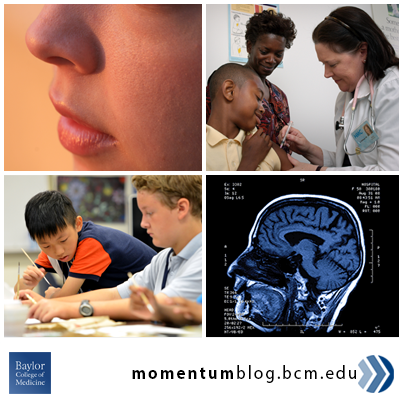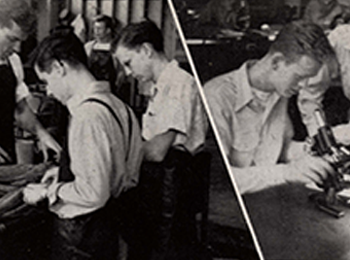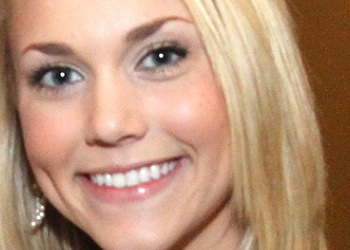In case you missed it: Back to school, Alzheimer’s research and more
Thanks for joining us for our weekly roundup of news, research, health and science before you kick off a long holiday weekend.
Back to School
It’s that time of year again, summer wanes and it’s time to head back to school. A new academic year can present all types of challenges for students and parents alike.
Feeling stressed? Our experts offer advice and tips to help make the adjustment from the lazy days of summer to a new school routine.
While the nutritional value of school lunches has improved in recent years, Baylor researchers find that lunches prepared at home aren’t always packed with nutrients. Get an expert’s advice on items worth packing.
Students returned to the classroom this week in the greater Houston area. In the Houston Independent School District Baylor College of Medicine Academy at Ryan opened its doors for an inaugural academic year.
See a slideshow of photos from the first day at the new magnet school.
Progress in Alzheimer’s research
Researchers led by a team at Columbia University have found as we age a brain protein shortage impacts our memory. According to a report by NPR’s Shots health blog, researchers found that boosting flagging levels of the protein called RbAp48 helped improve memory loss in mice.
The research “reinforces the emerging idea that Alzheimer’s disease and aging are separate entities,” Scott Small, a neurologist at Columbia University told Shots.
Parkinson’s and sense of smell
The Parkinson’s Disease and Movement Disorder Clinic at Baylor College of Medicine in partnership with The Michael J. Fox Foundation for Parkinson’s Research is conducting a new study examining three potential risk for Parkinson’s disease.
The study will include how losing your sense of smell could be a risk factor for Parkinson’s and what that means for slowing or stopping the disease.
Read more about the research and see how your brain and sense of smell are connected.
The study is part of the Parkinson’s Progression Markers Initiative. The initiative released initial finding from the project’s first major study. Read more about the study and the initiative’s goal to better understand the onset and progression of the disease.
Not just for the girls
It’s been approximately two years since government health officials first recommended pre-teen boys join their female counterparts in guarding against human papillomavirus with a vaccine. The Centers for Disease Control and Prevention this week reported that in the last year one in five boys received at least one of the recommended doses of the shot, according to a report by the Associated Press.
“About 21 percent of the boys had gotten at least one of the three doses. Less than 7 percent were fully vaccinated. The rates look relatively good compared to the initial rates for some other vaccines aimed at adolescents. For example, the initial rate for a meningococcal vaccine was just 12 percent.”



